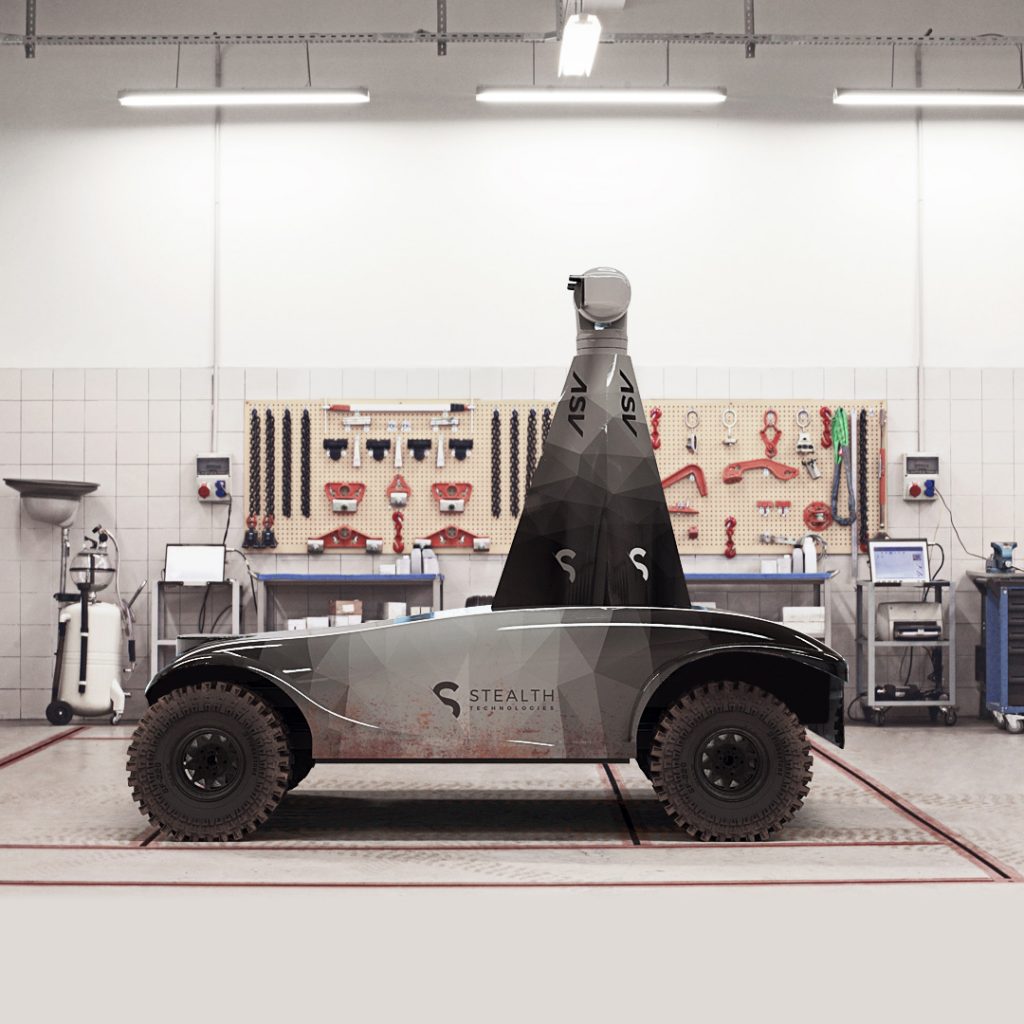Stealth Technologies to collaborate with Planck AeroSystems

Australian Defence Business Review (ADBR) reports that Perth-based Stealth Technologies has signed a collaboration agreement with US autonomous drone technology company, Planck AeroSystems. The two companies will work to enable drones to autonomously launch and land from Stealth Technologies’ ground-based Autonomous Security Vehicle (ASV).
The ASV is built around the company’s AxV technology which combines the capabilities of autonomous driving, computer vision, robotics and AI in a versatile, multi-role platform.
Much of this technology is based on CSIRO Data61’s Wildcat SLAM (Simultaneous Location and Mapping) robot perception technology which has been licensed to Stealth Technologies, which is developing the ASV for perimeter security in sectors such as transport, energy, defence, government and utilities.
In August, Wildcat won the most accurate object detection prize in DARPA’s SubT Challenge for robotic vehicles operating in a GPS-denied environment.
Planck’s core enabling technology is vision-based precision landing on moving platforms without GPS. The Planck Autonomous Control Engine (ACE) system is an embedded software solution that runs aboard a variety of UAVs to enable autonomous launch, recovery, relative navigation, and mission planning from a moving vehicle. With centimetre-level accuracy for precision take-off and landing, a drone can launch and recover reliably from small spaces. The sensor-guided flight accounts for motion of a vessel or ground vehicle, including roll, pitch, heave, and wind effects.
ACE is deployed in five US federal agencies, and with two allied nations and Planck is working with the US Department of Defense’s Combating Terrorism Technical Support Office (CTTSO) and the US Department of Homeland Security on various aspects of its technology.
The precision landing system uses computer vision, artificial intelligence, and other onboard sensors, but does not require GPS or active communications. Existing unmanned aircraft systems use global positioning and are not capable of autonomous operation from moving vehicles. Planck’s intelligent navigation solutions enable new capabilities for surveillance, reconnaissance, real-time situational awareness, and force protection.
The Stealth and Planck collaboration will focus on enabling the ASV to launch and recover drones. This ability would enable the long runtimes of the ASV to be combined with the high speed of drones, effectively doubling the ASV’s surveillance coverage capabilities. Drones could also recharge once landed on the ASV.
The parties will also assess the potential of integrating mobile tethered drones with the ASV. This will give additional deployment options for drone-equipped ASVs to work at facilities located near to controlled airspaces and at those that have safety requirements that would normally preclude drone operation (e.g. airports, energy facilities). Drones tethered from the ASV could be mobile and move with it whilst airborne.
The Global Perimeter Security Market is forecast to be growing quickly at CAGR of 12 percent and is expected to reach US$282.26 billion by 2025.
